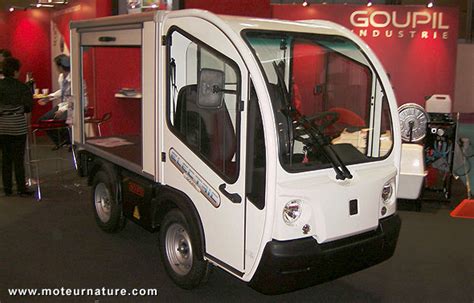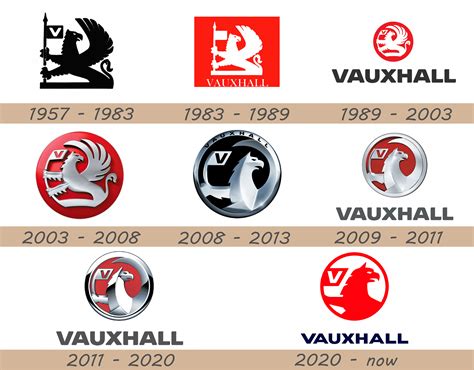Explore the birth, growth, challenges, innovation, and legacy of BSA Motorcycles in this comprehensive blog post. Learn how BSA became a legendary motorcycle brand.
The Birth of BSA Motorcycles
Contents
BSA Motorcycles was founded in 1861 by a group of gunsmiths in Birmingham, England, under the name of the Birmingham Small Arms Company. The company initially focused on producing guns and ammunition for the British military, but in the late 19th century, it began to diversify into other areas, including bicycles and motorcycles.
In 1903, BSA produced its first motorcycle, which was equipped with a 3.5 horsepower engine. This marked the beginning of the company’s foray into the world of motorized transportation. With the success of its initial motorcycle, BSA continued to refine and improve its designs, eventually becoming one of the most prominent motorcycle manufacturers in the world.
During World War I, BSA played a crucial role in supplying motorcycles to the British armed forces, further establishing its reputation as a reliable and innovative company. After the war, BSA capitalized on its wartime success by introducing new models and expanding its production facilities.
By the 1950s, BSA had become one of the leading motorcycle manufacturers in the world, producing a wide range of models for both civilian and military use. The company’s reputation for quality and performance continued to grow, solidifying its position as a dominant force in the motorcycle industry.
The birth of BSA Motorcycles marked the beginning of a legacy that would span over a century, leaving an indelible mark on the history of motorcycling and solidifying the company’s status as an icon in the industry.
Growth and Expansion
During the early 20th century, the BSA motorcycles company experienced significant growth and expansion as it quickly became one of the largest motorcycle manufacturers in the world. This growth was fueled by a combination of innovative designs, strategic business decisions, and a focus on quality craftsmanship. As the demand for motorcycles surged, BSA seized the opportunity to expand its production facilities and reach new markets around the globe.
The company’s expansion efforts were not limited to just manufacturing and distribution. BSA also made strategic acquisitions of other motorcycle companies, which further strengthened its position in the industry. These acquisitions allowed BSA to tap into new technologies and expertise, enabling the company to stay at the forefront of motorcycle innovation and design.
As BSA continued to grow, it established a strong presence in international markets, particularly in the United States. The company’s motorcycles were well-received by American consumers, and BSA established a robust dealer network across the country. This expansion into the lucrative American market solidified BSA’s status as a global leader in the motorcycle industry.
By the mid-20th century, BSA had cemented its reputation for producing high-quality, reliable motorcycles that catered to a wide range of riders. The company’s success and expansion laid the foundation for its continued growth and prominence in the motorcycle world.
Challenges Faced by BSA
BSA motorcycles faced several challenges throughout its history, with some of the major hurdles including fierce competition from other motorcycle manufacturers, economic downturns, and changing consumer preferences. In the early years, BSA had to compete with established brands such as Harley-Davidson and Triumph, making it difficult to carve out a significant market share. This intense competition put pressure on BSA to constantly innovate and improve its designs to stay ahead in the industry.
During periods of economic hardship, such as the Great Depression and post-World War II, BSA faced financial difficulties as consumer spending on luxury items, including motorcycles, decreased. This forced the company to reevaluate its production and marketing strategies in order to survive in a shrinking market.
Additionally, the changing tastes and preferences of consumers posed a challenge to BSA. As new styles and technologies emerged, BSA had to adapt its designs to meet the evolving demands of the market. This meant investing in research and development to create motorcycles that were not only reliable and efficient, but also visually appealing to a new generation of riders.
Furthermore, external factors such as government regulations and global events also presented challenges for BSA. The implementation of stricter emissions standards and safety regulations required BSA to revamp its manufacturing processes and invest in new technologies, adding to the company’s financial burden.
Despite these challenges, BSA managed to overcome many of these obstacles through strategic partnerships, innovative marketing tactics, and a commitment to quality and performance. However, these challenges undoubtedly shaped the company’s trajectory and influenced the decisions made by BSA throughout its history.
Innovation in BSA’s Designs
Birmingham Small Arms Company (BSA) has a long history of innovation in the designs of their motorcycles. One of the most notable innovations was the development of their own engines in the early 20th century. This allowed BSA to have greater control over the quality and performance of their motorcycles, setting them apart from their competitors. The company also made significant strides in the design of their frames, introducing new materials and construction techniques to improve strength and durability while reducing weight.
BSA was also at the forefront of technological advances in the motorcycle industry. They were one of the first companies to introduce electric lighting systems on their bikes, a feature that quickly became standard across the industry. Additionally, BSA continually refined their suspension systems, introducing new designs that greatly improved rider comfort and control. These innovations made BSA motorcycles some of the most advanced and sought-after bikes on the market.
Furthermore, BSA was known for its innovative approach to styling. They were one of the first companies to prioritize aesthetics in their designs, creating sleek and modern-looking motorcycles that captured the attention of consumers. BSA’s designs often set the trend for the industry and influenced the direction of motorcycle aesthetics for years to come.
Innovation was a key factor in BSA’s success, allowing them to establish themselves as a leader in the motorcycle industry. Their commitment to pushing the boundaries of design and technology not only set them apart from their competitors but also left a lasting impact on the industry as a whole.
Legacy of BSA Motorcycles
The legacy of BSA Motorcycles is one that has left a lasting impact on the motorcycle industry. From its humble beginnings to its eventual decline, BSA’s legacy is one of innovation, quality, and iconic designs.
One of the most significant aspects of BSA’s legacy is the impact it had on the motorcycle industry as a whole. BSA was a pioneer in the development of motorcycles, introducing several groundbreaking designs that set the standard for the industry. The company’s commitment to quality and innovation resulted in the production of some of the most iconic motorcycles of the time.
BSA’s legacy also extends to its influence on popular culture. The company’s motorcycles were featured in numerous films, television shows, and literature, solidifying their place in motorcycle history. The BSA brand became synonymous with speed, power, and performance, leaving a lasting impression on motorcycle enthusiasts around the world.
While BSA may no longer be a prominent force in the motorcycle industry, its legacy lives on through the continued admiration of its classic designs and the impact it had on the industry as a whole. The company’s commitment to quality and innovation has left a lasting impression that continues to inspire motorcycle enthusiasts and industry professionals alike.














